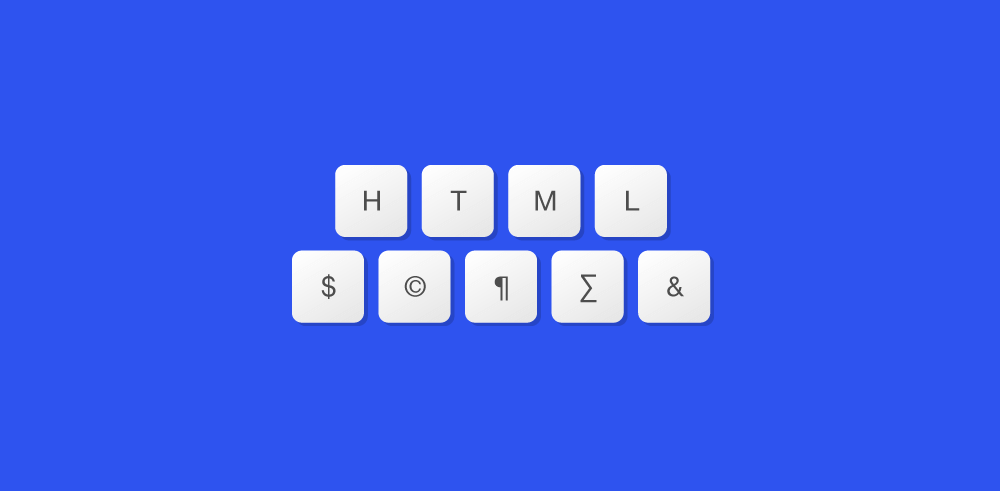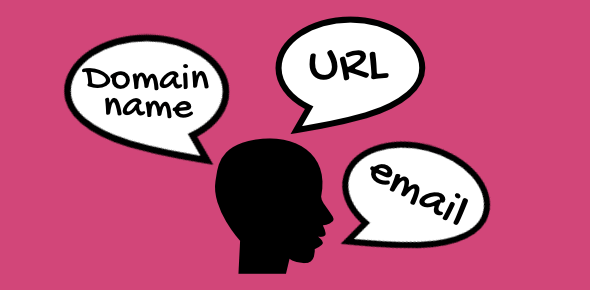The capabilities of the Internet have been enhanced and extended by using programming languages with HTML. These languages have been responsible for the dynamic and interactive nature of the Net. New languages and language extensions are being developed to increase the usability of the Internet.
On this page I’ll provide a brief on some of the important languages that have shape the Internet over the years. In brief, there are three types of languages – HTML (which is NOT a programming language, though included here), client-side languages and server-side languages.
Sponsored Links
HTML – HyperText Markup Language
HTML (HyperText Markup Language) is the lingua franca of the Internet. It is the language used to develop web pages. Hypertext means that some text in the HTML document carries a link to a different location, which can be on the same page or another page. On clicking this ‘hot spot’, the viewer is transferred to that location. Markup means that specific portions of a document are marked up to indicate how they should be displayed in the browser.
According to purists, HTML is not a language per se, and they are right in one way. HTML simply consists of tags that are placed around elements, which then changes the properties of these enclosed elements. There are hundreds of HTML tags and some of these are proprietary, which means that only some browsers recognize them.
Free HTML Tutorial | Advanced HTML Tutorial
CGI – Common Gateway Interface
The Common Gateway Interface (CGI) has been around for a long time. It allows the web server software to communicate with other programs running on the server. These external programs are called CGI scripts or CGI programs and are usually written in Perl or ‘C’. CGI programs are generally used to process information submitted by visitors via a form on a web page. For example, you might use the search form on a web site to look for ‘cars’. When you submit your query, the server receives your request, passes it to the CGI program. The program then looks up the search query term in a database and responds with the appropriate result formatted in HTML code.
Javascript/Jscript
Javascript is a programming language that runs on a web browser. It was developed by the same folks who gave us Netscape and was first implemented in version 2 of the browser. Jscript is Microsofts’ implementation of Javascript for Internet Explorer. By the by, Javascript is not a subset of Java, infact, the two languages share little in common (yes, they share a few basic concepts but the syntax is different and so is the application). Naming their language “JavaScript”, was just a clever marketing ploy by Netscape Communications. It was initially called Livescript but when Sun Microsystems released Java and it became very popular, Netscape renamed their scripting language to JavaScript.
Javascript runs on the browser (client) and does not require any server software. Thus, it is a client-side scripting language. Since all execution takes place on the browser, Javascript is responsible for most of the interactivity on a web page. Image change or text color change on mouseover, creating mouse trails are all possible through Javascript. The language has also been widely used for basic form validation. This seems logical, as it is better to validate a form on the client side than to make several trips to the server. Javascript is commonly embedded inside the HTML page and is thus visible to the visitor.
Javascript can also be written to run on a server and this is based on the ASP model promoted by Microsoft.
Java
Developed by Sun Microsystems, Java is a very powerful, object-oriented language. A lot many platform dependency issues have been ironed out with the advent of Java. Thus, Java programs for Unix can be made to run on Windows or the Mac system with little or no effort. Much development is taking place on the Java front with new arrivals like Java Beans, Extended Java Beans, and Java applications for various databases and XML. Using Java servlets one can also develop dynamic Java Server Pages (JSP).
Java can also be seen on the Internet in the form of applets embedded in an HTML page. Applets are small Java programs that run on a Java compatible browser.
VBScript
VBScript is a client-based language that runs only on the Internet Explorer and quite naturally, has been developed by Microsoft. Though, the browser market share of Internet Explorer has steadily risen and overtaken that of Netscape, it is still not advisable to use VBScript as a client side language for web pages. I would prefer to use Javascript (or JScript, if you like) as it runs on all popular web browsers – Netscape, Opera, Mozilla and the Internet Explorer. However, VBScript is very often used for developing Active Server Pages (discussed below).
ASP – Active Server Pages
Active Server Pages is a technology promoted by Microsoft. The ASP utilizes some special tags, which can be embedded in the HTML code, to generate dynamic web pages. ASP scripts run on the server, typically, IIS on Windows NT. ASP pages carry the .asp extension that differentiates them from plain HTML pages and instructs the web server to pass the pages through the ASP interpreter. You can use VBScript, Javascript/Jscript or a combination of the two to write ASP pages. The great advantage in using ASP is the ease of maintenance of the web site. However, the downslide is that you become too dependent on Microsoft technologies.
PHP
Open source, great development environment – PHP is a cult. This has been the answer of open source programmers to Microsofts ASP. PHP not only carries all the goodness of ASP but also is more secure and handles databases more easily. It is a known fact that PHP on Apache Web server runs faster than ASP. PHP code is embedded inside the HTML page and can link to databases to generate dynamic HTML content. Furthermore, PHP scripts can be made to run on any operating system with little or no modification.
XML – eXtensible Markup Language
The eXtensible Markup Language is a web page developing language that enables programmers to create customized tags. These customized tags can provide the much-needed functionality not available with HTML. XML documents can be accessed using JSP, PHP etc.
There are several other languages on the Internet such as Perl, Python, VRML (Virtual Reality modeling Language), awk etc., which I have not discussed here. You can search for them on your favorite search engine.






